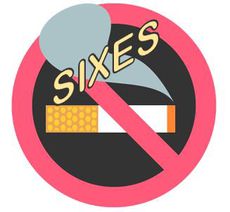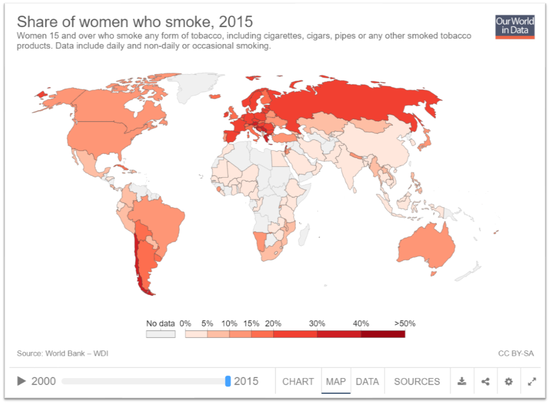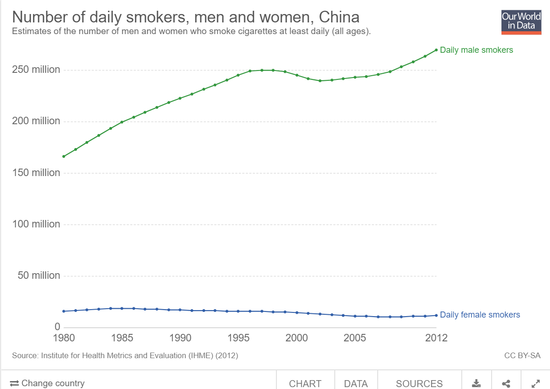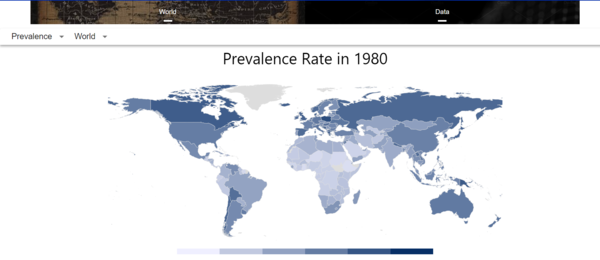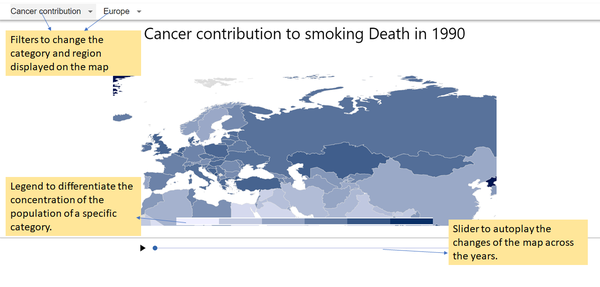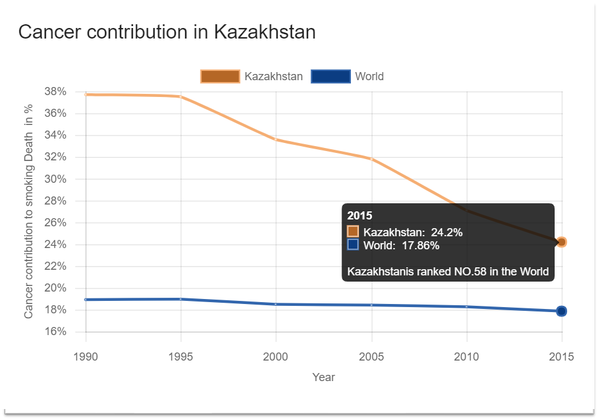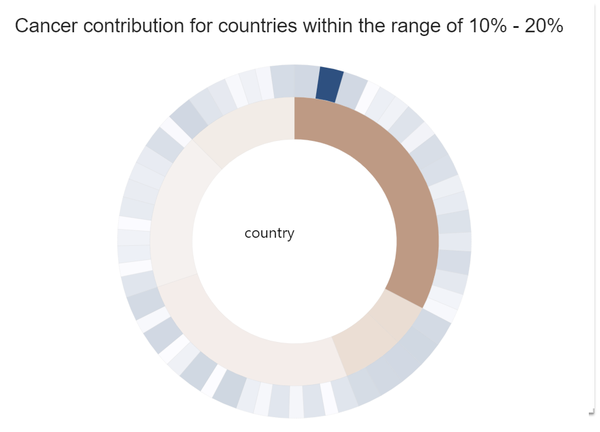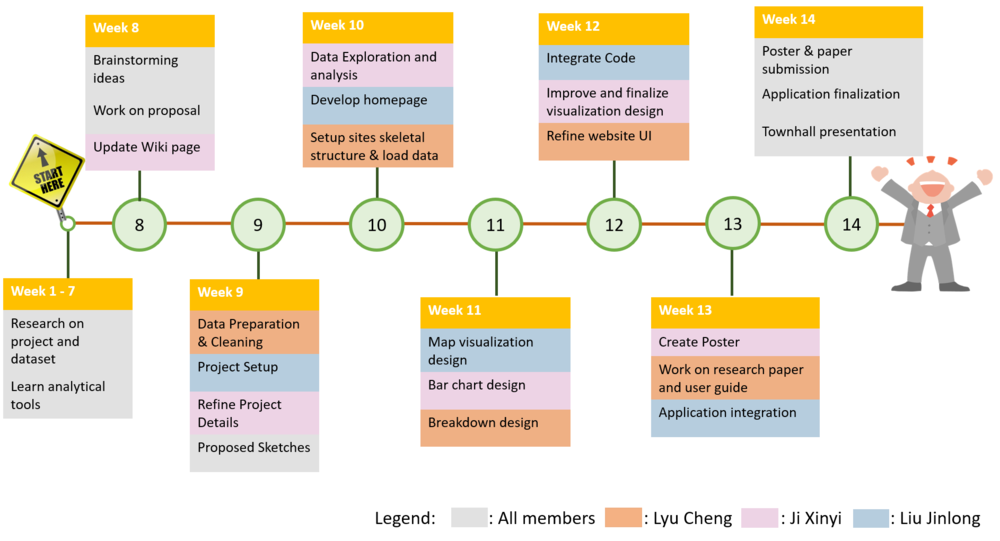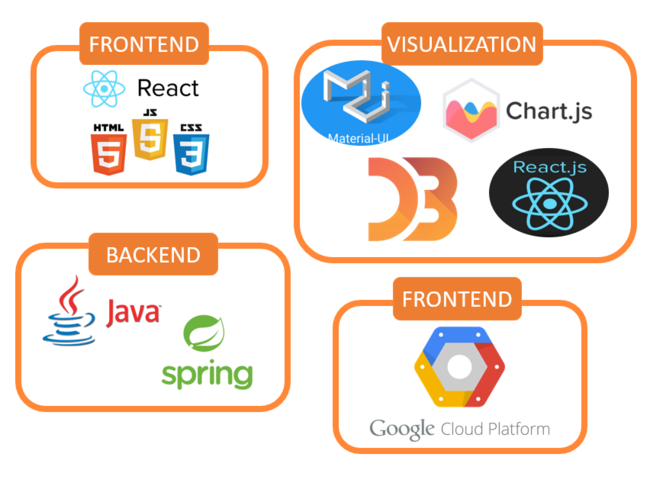Difference between revisions of "Sixes: Proposal Version 1"
| (3 intermediate revisions by the same user not shown) | |||
| Line 14: | Line 14: | ||
| style="vertical-align:top;width:16%;" | <div style="padding: 3px; font-weight: bold; text-align:center; line-height: wrap_content; font-size:16px; border-bottom:1px solid #FE7F48; border-top:1px solid #FE7F48; font-family:helvetica"> [[Sixes: Research Paper | <b>Research Paper</b>]] | | style="vertical-align:top;width:16%;" | <div style="padding: 3px; font-weight: bold; text-align:center; line-height: wrap_content; font-size:16px; border-bottom:1px solid #FE7F48; border-top:1px solid #FE7F48; font-family:helvetica"> [[Sixes: Research Paper | <b>Research Paper</b>]] | ||
|} | |} | ||
| + | <br /> | ||
| + | [[Project Groups|<< Go Back to Project Groups]] | ||
| + | </br> | ||
<!--Sub Header End--> | <!--Sub Header End--> | ||
<p></p><br/> | <p></p><br/> | ||
| Line 27: | Line 30: | ||
<br/><div style="background: #FE7F48; padding: 15px; font-weight: bold; line-height: 0.3em; text-indent: 15px;letter-spacing:-0.08em;font-size:20px"><font color=#fbfcfd face="Century Gothic">SELECTED DATASET</font></div> | <br/><div style="background: #FE7F48; padding: 15px; font-weight: bold; line-height: 0.3em; text-indent: 15px;letter-spacing:-0.08em;font-size:20px"><font color=#fbfcfd face="Century Gothic">SELECTED DATASET</font></div> | ||
<div style="margin:0px; padding: 10px; background: #f2f4f4; font-family: Open Sans, Arial, sans-serif; border-radius: 7px; text-align:left"> | <div style="margin:0px; padding: 10px; background: #f2f4f4; font-family: Open Sans, Arial, sans-serif; border-radius: 7px; text-align:left"> | ||
| − | + | The dataset for analysis will be retrieved from multiple databases, as elaborated below:<br> | |
| − | + | {| class="wikitable" style="background-color:#FFFFFF;" width="100%" | |
| − | + | |- | |
| + | ! style="font-weight: bold;background: #FEBF5F;color:#fbfcfd;width: 30%;" | Dataset/Source | ||
| + | ! style="font-weight: bold;background: #FEBF5F;color:#fbfcfd;width: 30%" | Data Attributes | ||
| + | ! style="font-weight: bold;background: #FEBF5F;color:#fbfcfd;" | Rationale Of Usage | ||
| + | |- | ||
| + | | <center> Consumption of tobacco products, prevalence of smoking and mortality <br/> | ||
| + | (http://www.pnlee.co.uk/imass.htm) </center> | ||
| + | || | ||
| + | * Country name | ||
| + | * Country code | ||
| + | * Consumption | ||
| + | * Year | ||
| + | * Prevalence | ||
| + | || | ||
| + | # To evaluate the daily smoke consumption for every country at specific year | ||
| + | # To evaluate the prevalence for every country at specific year | ||
| + | # Analyze the trend | ||
| + | |- | ||
| + | |||
| + | | <center>Death rates and absolute number of premature deaths from smoking and secondhand-smoke<br/> | ||
| + | (http://ghdx.healthdata.org/gbd-results-tool) | ||
| + | || | ||
| + | * Country name | ||
| + | * Country code | ||
| + | * ISO Country code | ||
| + | * Daily smoker | ||
| + | * death | ||
| + | * Year | ||
| + | || | ||
| + | # Group all countries by area to help analying the smoking situation and trend in each area | ||
| + | # Daily smoker and death data are prepared to derive the percentage of smoking death amoung smokers by country and year | ||
| + | # Analyze the trend of percentage of people who die due to smoking | ||
| + | |- | ||
| + | |||
| + | |} | ||
| + | |||
| + | <!--DATASET END--> | ||
</div> | </div> | ||
<br/><div style="background: #FE7F48; padding: 15px; font-weight: bold; line-height: 0.3em; text-indent: 15px;letter-spacing:-0.08em;font-size:20px"><font color=#fbfcfd face="Century Gothic">BACKGROUND SURVEY OF RELATED WORKS</font></div> | <br/><div style="background: #FE7F48; padding: 15px; font-weight: bold; line-height: 0.3em; text-indent: 15px;letter-spacing:-0.08em;font-size:20px"><font color=#fbfcfd face="Century Gothic">BACKGROUND SURVEY OF RELATED WORKS</font></div> | ||
| Line 56: | Line 95: | ||
{| class="wikitable" style="background-color:#FFFFFF;" width="100%" | {| class="wikitable" style="background-color:#FFFFFF;" width="100%" | ||
|- | |- | ||
| − | ! style="font-weight: bold;background: #FEBF5F;color:#fbfcfd;width: 50%;" | | + | ! style="font-weight: bold;background: #FEBF5F;color:#fbfcfd;width: 50%;" | Proposed Layout |
| − | ! style="font-weight: bold;background: #FEBF5F;color:#fbfcfd;" | | + | ! style="font-weight: bold;background: #FEBF5F;color:#fbfcfd;" | What can we Analyse |
|- | |- | ||
| | | | ||
| Line 114: | Line 153: | ||
<br/><div style="background: #FE7F48; padding: 15px; font-weight: bold; line-height: 0.3em; text-indent: 15px;letter-spacing:-0.08em;font-size:20px"><font color=#fbfcfd face="Century Gothic">TOOLS/TECHNOLOGIES</font></div> | <br/><div style="background: #FE7F48; padding: 15px; font-weight: bold; line-height: 0.3em; text-indent: 15px;letter-spacing:-0.08em;font-size:20px"><font color=#fbfcfd face="Century Gothic">TOOLS/TECHNOLOGIES</font></div> | ||
<p>The following are some of the tools/technologies that we will be utilizing during the project:</p> | <p>The following are some of the tools/technologies that we will be utilizing during the project:</p> | ||
| − | + | [[File:sixestech.png|650px|frameless|center]] | |
| − | + | <br/> | |
| − | |||
| − | |||
| − | |||
<br/><div style="background: #FE7F48; padding: 15px; font-weight: bold; line-height: 0.3em; text-indent: 15px;letter-spacing:-0.08em;font-size:20px"><font color=#fbfcfd face="Century Gothic">REFERENCES</font></div> | <br/><div style="background: #FE7F48; padding: 15px; font-weight: bold; line-height: 0.3em; text-indent: 15px;letter-spacing:-0.08em;font-size:20px"><font color=#fbfcfd face="Century Gothic">REFERENCES</font></div> | ||
| − | *https://data. | + | *https://ourworldindata.org/smoking#data-sources |
| − | + | *http://ghdx.healthdata.org/gbd-results-tool | |
| + | *http://www.pnlee.co.uk/imass.htm | ||
<br/><div style="background: #FE7F48; padding: 15px; font-weight: bold; line-height: 0.3em; text-indent: 15px;letter-spacing:-0.08em;font-size:20px"><font color=#fbfcfd face="Century Gothic">COMMENTS</font></div> | <br/><div style="background: #FE7F48; padding: 15px; font-weight: bold; line-height: 0.3em; text-indent: 15px;letter-spacing:-0.08em;font-size:20px"><font color=#fbfcfd face="Century Gothic">COMMENTS</font></div> | ||
<p>Feel free to comment here :)</p> | <p>Feel free to comment here :)</p> | ||
Latest revision as of 21:35, 25 November 2018
Every year, more than 480,000 people die due to tobacco-related diseases. That is around 1 in 5 of all deaths annually. It is estimated that 1 in 2 smokers will die from a smoking-related disease. This interactive data visualization tool shows modeled trends in smoking prevalence worldwide. Our aim is to reveal perspectives of smoking and correlates, determinants and consequences about smoking with visual analytics.
In this project, we are interested to create a visualisation that helps users perform the following:
- View the geographical distribution of smokers from recent years
- Share of perniciousness attributed to smoking
- Reveal the trends of smoking and other perniciousness attributed to smoking of specific area or countries, while compared to worldwide value, to bring to attentions for both individuals and countries.
The dataset for analysis will be retrieved from multiple databases, as elaborated below:
| Dataset/Source | Data Attributes | Rationale Of Usage |
|---|---|---|
(http://www.pnlee.co.uk/imass.htm) |
|
|
|
|
There are many charts and visualisations available which illustrates the various trends of house prices and index. We have selected a few of these to study and learn before we begin developing our own visualizations.
| Related Works | What We Can Learn |
|---|---|
| |
|
| Proposed Layout | What can we Analyse |
|---|---|
| |
| |
| |
|
The following are some of the key technical challenges that we may face throughout the course of the project:
| Key Technical Challenges | How We Propose To Resolve |
|---|---|
| |
| |
|
The following shows our project timeline for the completion of this project:
The following are some of the tools/technologies that we will be utilizing during the project:
- https://ourworldindata.org/smoking#data-sources
- http://ghdx.healthdata.org/gbd-results-tool
- http://www.pnlee.co.uk/imass.htm
Feel free to comment here :)
